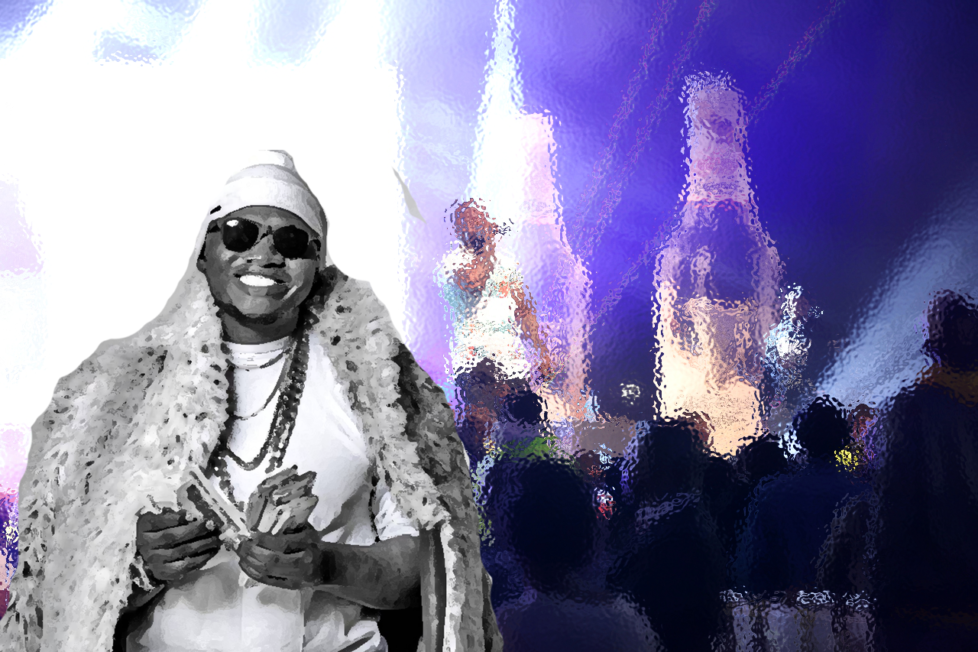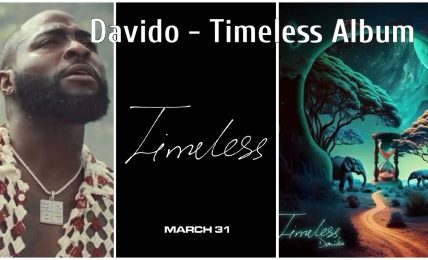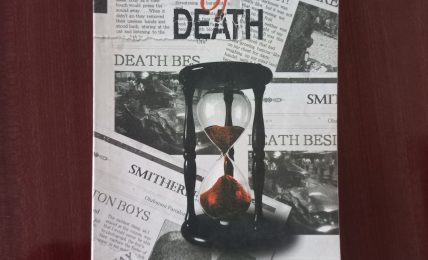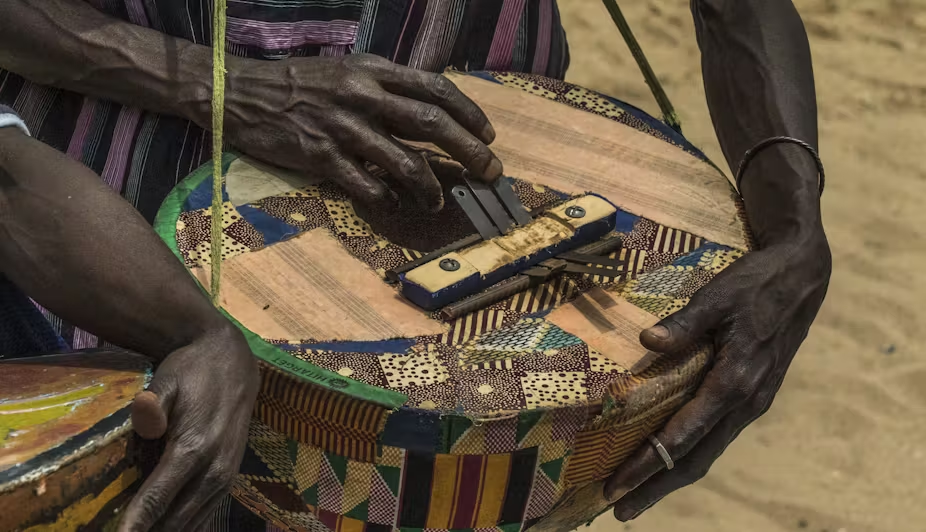Khaligraph Jones and Emerging Hip Hop Futures in Kenya
Kenya’s hip hop scene has been nothing but a graveyard of mixtapes which – while offering a glimpse at the spirit and experimentation – deny listeners the beauty of intention, coherence, and completeness.








